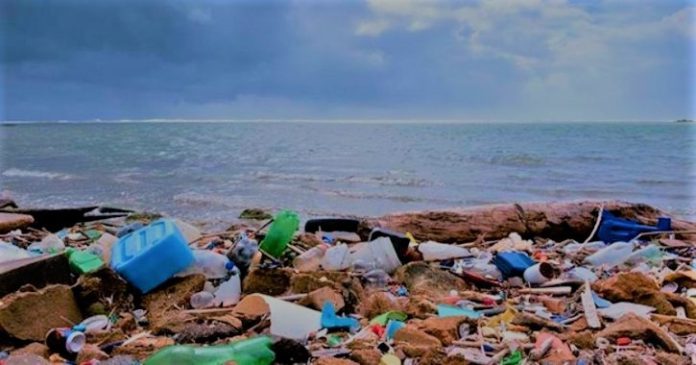Equitable Tourism Options (EQUATIONS), a research, campaign and advocacy NGO working on social, cultural, economic and environmental impacts of tourism on local communities in India, has recommended the Ministry of Environment, Forest and Climate Change, Govt of India to withdraw the draft Environmental Impact Assessment (EIA) notification 2020 and conduct a detailed and broad public consultation involving all stakeholders and the public in order to draft a strong and robust Act.
“The proposed draft EIA Notification falls short in many ways, particularly with respect to tourism. It fails to take into account that tourism requires a robust environmental scrutiny. The COVID-19 crisis has brought out to the world the increased need for robust environmental protections. Given the learnings from this crisis, it is important to take this time to rethink and restructure the EIA framework in India, which can be the lifeline of environmental governance, bringing in the balance between environmental sustainability and development,” EQUATIONS said in a letter to Secretary, Ministry of Environment, Forest and Climate Change, Govt of India. It urged the Ministry to go for a detailed and constructive public consultation process to take stock of the current status of the environment and assesses the impacts felt by communities across India from various projects is the need of the hour.
Detailing more in the letter, EQUATIONS says that the draft should include a holistic and comprehensive Tourism Carrying Capacity within the EIA, in such a manner as to consider the multi-dimensionality of tourism, and with the involvement of the local community at all stages. “Most importantly, development of any area must respect the voice of the local communities. Three important dimensions of tourism have to be considered : physical-ecological, socio-demographic and political-economic. The physical-ecological element includes ecology, natural heritage, climate, water, power, fuel and other such components. The socio-demographic element includes interrelation between local communities, tourists, tourism facilities, cultural identities and other characteristics. The political-economic element includes the linkages to local economy, governance structure, policies and such characteristics. Local level planning and development is the responsibility of the Panchayati Raj. As tourism carrying capacity is also a process for management and planning of the area, it is imperative that local participation is sought at all stages,” the letter reads.
The letter further states that tourism should be included as a separate industry within the Schedule. “Tourism was included as an industry within the 1994 EIA notification, but was removed in 2006. The 2020 notification also does not include ‘tourism projects’,” the letter states adding that tourism has several negative impacts on the ‘destination’, including generation of waste, depleting water resources, changes in biodiversity and changes in social structures.
“Therefore, it is important to recognize it as a separate industry and assess its impacts. The 1994 notification recognized that impacts of tourism projects in high elevation areas or along the coasts and above 5 crores investment is required to take an Environment Clearance. Following a similar categorization, we recommend that tourism projects should also be assessed at different levels, based on location, in ecologically fragile areas and above a certain investment threshold. Such an assessment should also include a ‘Tourism Carrying Capacity’ analysis,” the letter adds.
The letter further proposes that infrastructural projects in ecologically fragile areas, including mountains and coasts, be included in the EIA as Category A or B1, without size thresholds. The role of Panchayats in regulating land usage, building construction, waste management and others has been recognized under several state-level Panchayat Raj Acts for tourism. “The EIA process must recognize the critical role of Panchayats in managing tourism development in the area, and ensure the full participation and consent of the Panchayat from the Scoping stage itself. Similarly, the Forest Rights Act 2006 and the Biodiversity Act 2002 recognize the role of Gram Sabhas in self-governance. Under both these laws, committees have been created with the explicit purpose of environmental protection. Hence, these local environment protection committees must be closely involved in the process of assessing impacts and planning mitigation measures,” it says. EQUATIONS also recommends the inclusion of Golf courses as a separate industry within the Schedule.
It strongly recommends that tourism projects be looked at in a comprehensive manner and measured for the tourism related impacts on the environment and on local communities, not merely for individual infrastructure components. This would also bring about a huge shift in the frame of reference required to measure environmental impact assessment, the letter reads.








